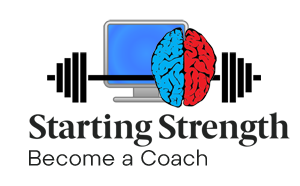
Originally Posted by
TravisG

I did pay for them. A coronary CT scan is about $150, and used to measure if you have calcium in your vessels. I heard about it from a podcast, advocating that anyone over 40 should get one done.
I'm thankful I proactively did this because it showed a slightly dilated aorta and not yet a full blown aneurysm. So therefore, I can hopefully make lifestyle adjustments to stop it from growing. Once a dilation turns to an aneurysm you need open heart surgery to replace that part of the aorta with a man made tube. If it's in your descending aorta, you may be eligible for a stent. They call aortic aneurysms the silent killer or ticking time bombs, because quite often you have zero symptoms until it dissects or ruptures.
My doctors are not telling me to "stay on the couch" and are encouraging exercise, just modifying the way I do it. They even described a study involving mice with aneurysms. The ones that were allowed to go on the wheel had better outcomes than the sedentary ones.








 Reply With Quote
Reply With Quote

